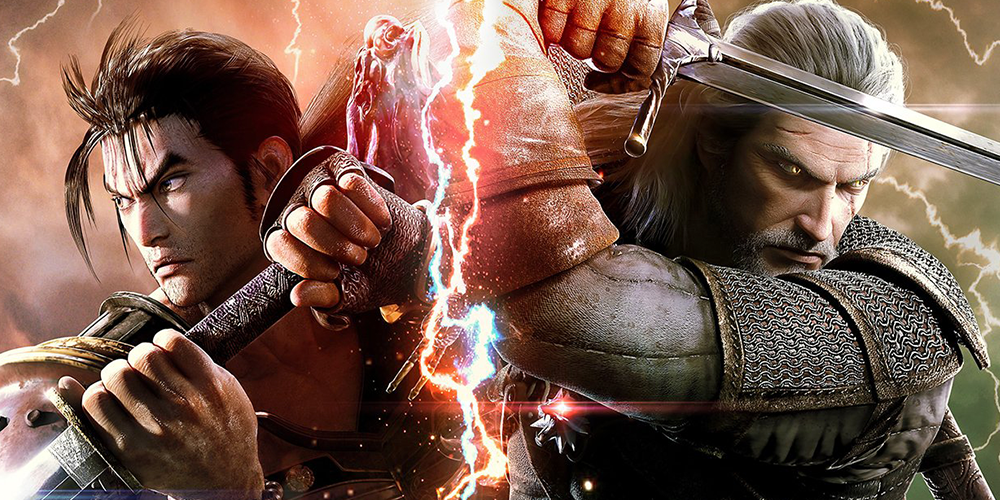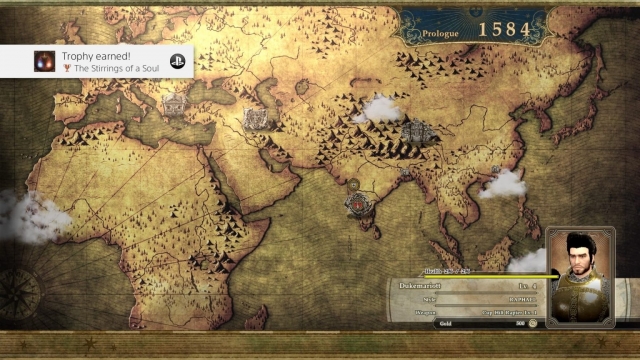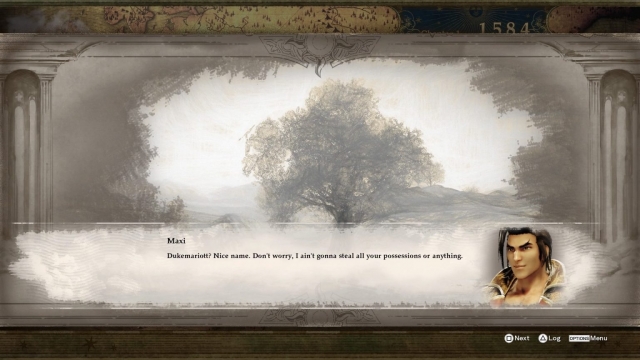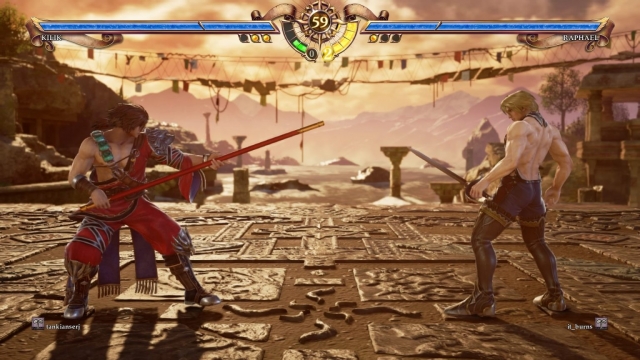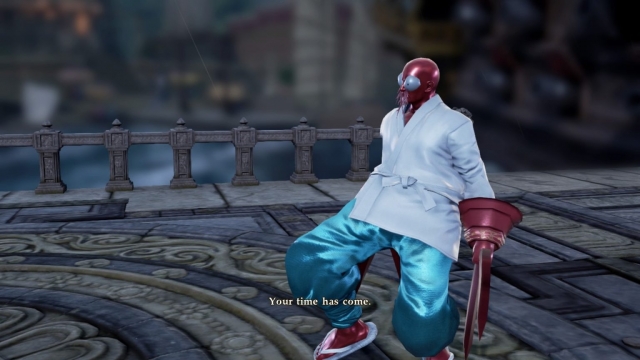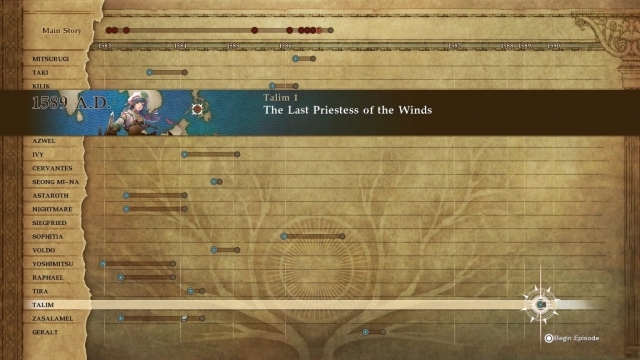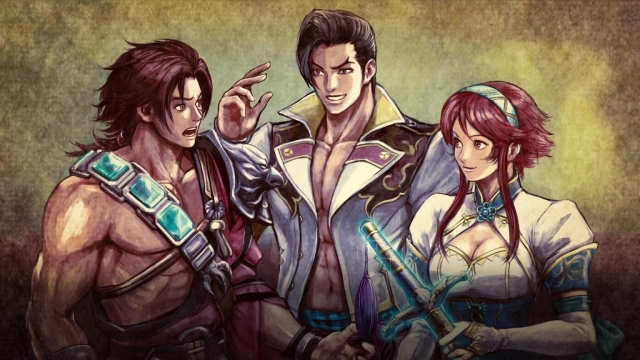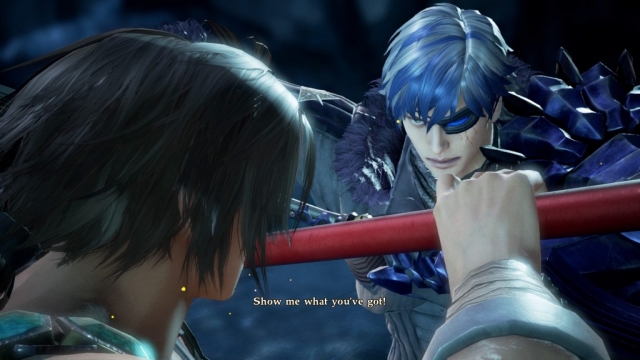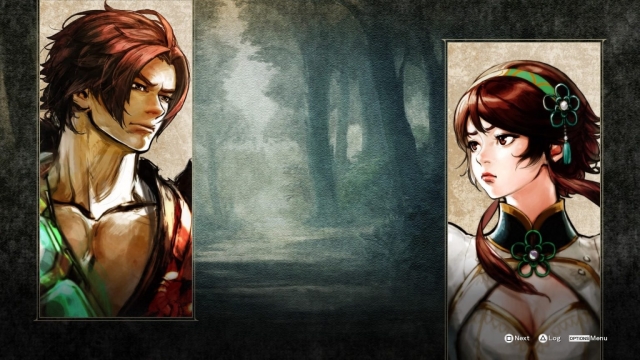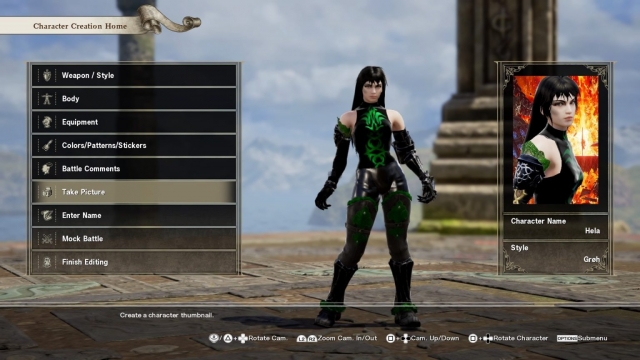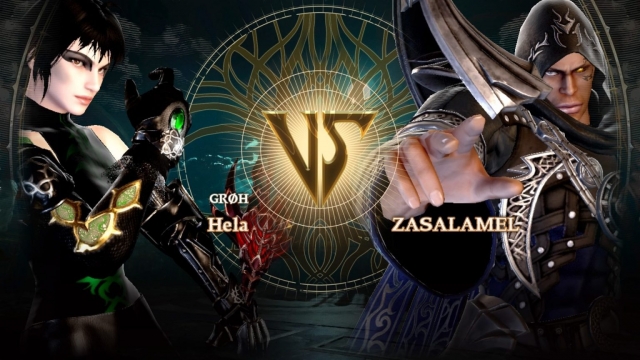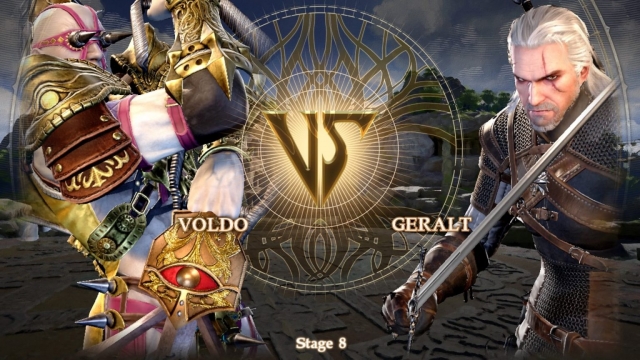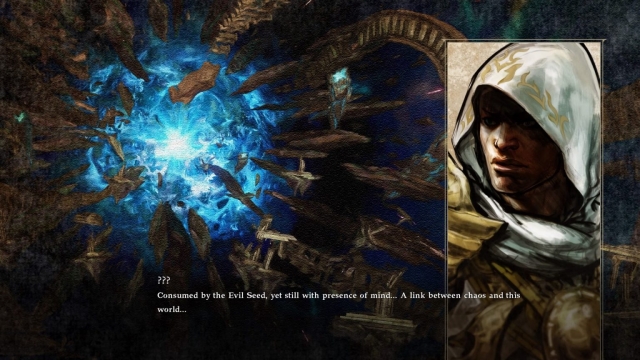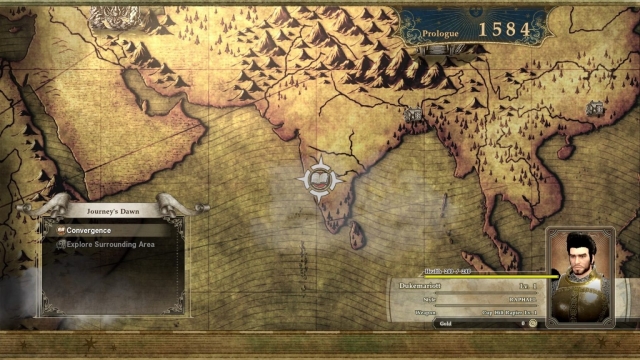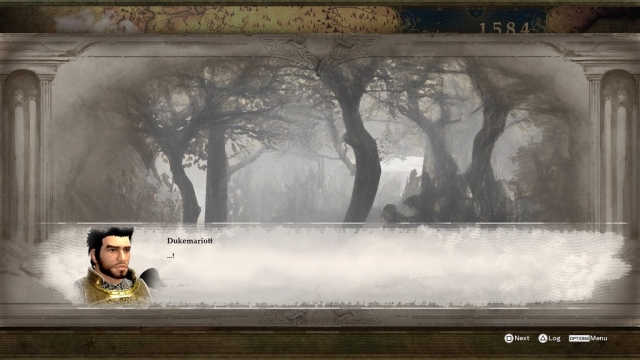The real trouble in writing a review for Soul Calibur VI is putting the game down long enough to actually hunker down and start typing it up. So here we are, six years after the release of the last numbered entry in Bandai Namco’s weapons-based 3D fighting game series, and we can definitely say the series retains its edge.
The Soul series’ main selling point since its beginnings with Soul Edge/Soul Blade in the mid 90s was its “easy to pick up, hard to master” approach to the fighting games. It’s largely present here thanks to the retention of series tenets such as the use of three attack buttons and one for guarding and the intuitive 8-way run system. The latter allows for easier movement around the arena compared to its Bandai Namco compatriot Tekken and is a system you’ll want to take advantage of, as positioning/spacing are one of the most important keys to victory in this series. As daunting as that explanation may have sounded, it doesn’t take too long after picking up a controller for things to start clicking and doing cool stuff with your chosen fighter is only a few button presses away.
New to the series is the Reversal Edge, a defensive move that when landed, initiates a rock-paper-scissors style engagement with a variety of outcomes which you could then follow up on, should you come out on top. They not only relieve some of the pressure from a relentless attack, but also add some cinematic flair to fights that are already arguably brimming with it. Critical Edges and Soul Charges also make a return as methods of spending your Soul Gauge. The former is a flashy, damaging super move and the latter is a powered up state that can either give existing moves new properties or unlock additional ones depending on the characters activating it. Like the rest of the game’s combat, they’re easy to pick up, but it’ll take a considerable amount of time in training mode or internet research to really learn the ins and outs of each of these additional mechanics, making it all the more rewarding once you’ve figured out how certain things work.
Overall, the core combat here is nice, snappy, and extremely pleasing to look at. Weapon trail effects, a long-running series staple, not only make attacks more readable across the board, but undoubtedly make each and every round visually pop. The speed and pacing harkens back to that of Soul Calibur II’s which is considered by many to be the best in the series, and we’re glad the folks at Project Soul went with that approach. We won’t blame you if you lose an entire day to local versus, single player, or online play.
Project Soul’s decision to take the series back in time in order to bring the roster back to its Soul Calibur II and III roots is a largely positive one. We get young, albeit shinier and more elaborate versions of series mainstays such as Kilik, Talim, and Ivy, all thanks to this installment being a soft reboot of sorts and the power of Unreal Engine. If you’re a series veteran who’s been with the series since the first two to three games, there’s a huge chance your old main is here and more or less plays just like you remember them. With some notable omissions which we believe will turn up as DLC sooner or later, the band is pretty much back together. And continuing with a tradition started in Soul Calibur II, guest character Geralt of Rivia from The Witcher fits right in with his long sword coupled with magical “signs” taken straight from his game series of origin. As of this writing, NieR Automata protagonist 2B has also been announced as a DLC character and we’d like to believe that Bandai Namco’s been doing a stellar job at securing guest character licenses for their fighting games.
Libra of Soul and Soul Chronicle are the two distinct flavors of single player on offer here. Libra of Soul is the latest iteration of another series tradition, the quest mode where you take a custom character on a journey around the world, placing you in fights against generic characters and existing cast members alike with a variety of modifiers and parameters during each engagement. You may also bring items and food to assist you in battle as well as hiring mercenaries to do your dirty work for you. As you progress, you’ll be tasked to make choices which tip your character’s leanings towards good or evil and may affect which type of ending you get. The story is told largely through text with little to no voice acting, which may be an issue for some. Getting past that, however, gives players hours and hours’ worth of content to play around with.
Soul Chronicle, on the other hand, is a more standard affair that follows the individual stories of each of the playable characters on the roster. What it lacks in customization options, it does make up for in its presentation, with dialogue exchanges told mostly through hand drawn portraits with voice acting and the occasional cutscene. Experienced side-by-side, Soul Calibur VI’s single player offerings, while not all that groundbreaking, are some of the meatiest to come to the genre over the past year or two.
The Create-A-Soul mode also makes a return and is hilariously flexible as ever. Customization options range from a smattering of humanoid races/species, appearance, weapon, and outfit choices that with a little bit of time and creativity, let you spit right in the face of copyright law should you choose to. As of this writing, we’ve encountered our fair share of custom characters based on existing pop culture figures, real people, and the occasional “questionably endowed” lizard man. Our one major gripe is that these custom characters can also be taken into serious ranked matches, with all the hitbox/hurtbox inconsistencies that come with them messing up the fairness that should come as part of that particular part of online.
Speaking of online, it’s been generally good to us, and finding matches in ranked has been relatively easy. As for netcode, we’ve had a few hiccups here and there, with the matches outright getting canceled if the connections are too shaky between players, which is something we’d rather contend with over having to slog it through fights that amount to slow-moving slideshows.
Soul Calibur VI is a shining return to form for a series we feared wrote itself into a corner. By taking the affair back in time to more familiar ground, Project Soul is giving old fans a dose of weaponized nostalgia while giving newer players a glimpse of what made the series such a beloved name in the first place. I can personally vouch for the latter, as my younger brothers have picked up the game and are having a grand time learning the intricacies of their chosen mains. Now that it’s back on track we hope it does well enough to warrant more post-launch support and of course, future games in the series. After all, one can’t deny the appeal of a glorious weapon-based duel.
Screenshots
We’d like to thank Bandai Namco SEA for sending us a review copy for this review.


